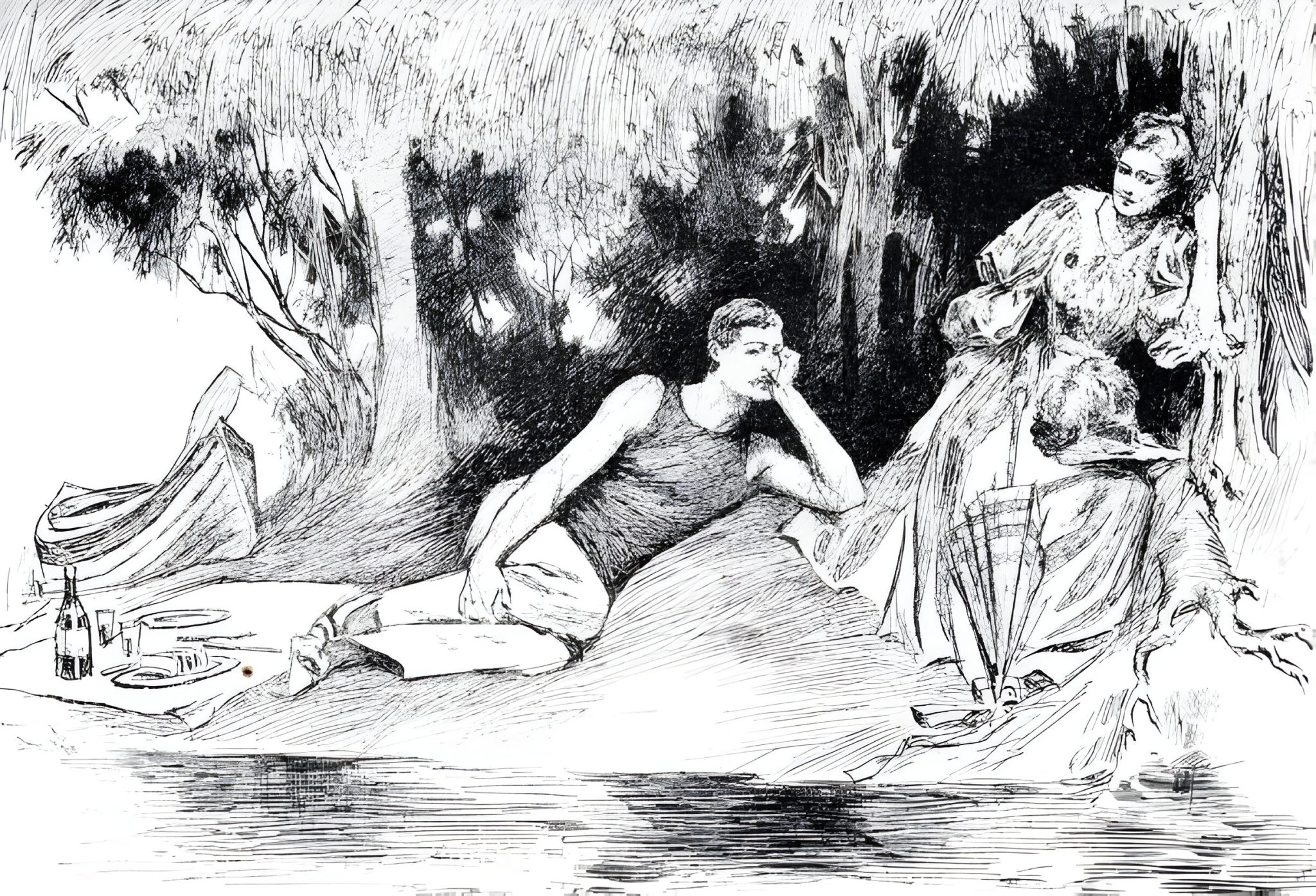The idea of “black out” theater nights, as used by the provocative play *Slave Play*, has grown into a subject of immense debate and criticism. Though the term itself might connote a purposefully deep dive into the thematic and emotional landscape that the production inhabits, reality often turns out quite the opposite. This play, conceived by Jeremy O. Harris, has built a reputation for fearless examinations of the problematic realities concerning race, sexuality, and power dynamics in modern American society. The “black out” nights, put in place to further the audience’s engagement with these themes, have become a subject of debate in their execution.
*Slave Play* is a totally pioneering play that challenges conventional narratives around race and historical trauma. It began its run on Broadway in 2019. The play comes in the form of a provocative exploration into how slavery informs contemporary relationships—a historical/modern mash-up. There are graphically expressive scenes in terms of racial identity, power, and sexual desire. Harris’s work is admired for dealing audaciously with these matters, but it is also criticized for rendering very sensitive material.
The “blacked out” theater nights were introduced as a means of deepening audience engagement with the play’s themes. The idea was to create an atmosphere where the audience could have a more intense emotional response by participating in a space thematically and visually entwined with the play’s exploration of racial and historical trauma. Such execution, though, evoked mixed reactions from audiences and critics alike.
In theory, the “blackout” nights were supposed to rid the audience of distractions and other involvements from outside influences, providing a more immersive experience. The intent was to create a space wherein the audience could become engrossed in the themes of the play without interruption and the comforts usual to a theater. This approach was to heighten the impact of the play’s content by getting viewers to engage with it more pointedly.
However, others have found the practical application of the “black out” nights to be a problem. In the view of critics, merely changing the name or rebranding an event does not guarantee its delivery of a more profound or enlightening view. The effectiveness of the “black out” nights is left significantly up to how they are integrated into the production and in what way they help the audience derive insight from the play.
It has been suggested by members of the audience and critics alike that these “blackout” nights are more of a marketing device than some sort of transforming event. Where the idea of these evenings is to give the audience a more immersive experience, some doubt has been cast over whether or not this occurs in practice. Unless there’s a really articulate approach to how one would apply this “black out” concept, it tends to remain a superficial realignment rather than an enriching alternative in theater.
That raises the broader question thrown up by “blackout” nights: how useful theater actually is in engaging an audience productively with themes that are both difficult and complex. A play like *Slave Play* succeeds by provoking thought and eliciting emotional responses. That in turn requires more than thematic propriety; it requires nuance and sensitivity in attitude toward the material and an understanding of how different elements of a production contribute to its overall effect.
The “black out” nights at the theater raise questions on how to work with complex social issues theatrically. One can see that the intention behind these events is to get people deeper into the content of the play; however, it only works if it fits very well within the production and has some relevance to the audience. Sometimes, in fact, the attempt to be immersive fails to strike a chord if it is carried out thoughtlessly.
Ultimately, the debate over the “black out” theater nights speaks to a larger debate about the role of theater in activist social themes and outreach. It puts on the theatermakers’ and producers’ tables the challenge of responsible and intentional ways of presenting challenging material. Any such initiative can be successful if it serves the play’s themes by getting the audience to engage with and better understand them rather than symbolically nodding toward them.
In the case of *Slave Play*, the “black out” nights are an attempt at a more profound connection between the audience and the play’s exploration of race and historical trauma. That’s an interesting idea, but its promise is always a matter of its execution and whether it will genuinely help to make a difference in the audience experience. With any new form of theater, the question becomes how the performance retains the purpose and illegitimates the theatrical engagement from the objective. Conclusion The “black out” nights of theater for the play *Slave Play* have engendered some very significant questions regarding the efficacy of such programs and their role in furthering a more appreciative experience with theater. While this is an effort at a higher level of audience engagement with complex themes, enactment has come under criticism. More broadly, however, the lesson learned is that thematic alignment is not enough to create a meaningful and immersive experience; it requires a deep and sensitive approach toward exactly how one is engaging one’s audience in the production. Any potential success with such an initiative will remain at the mercy of its ability to really drive home improved audience understanding and emotional engagement, rather than it being a simple exercise in rebranding.







